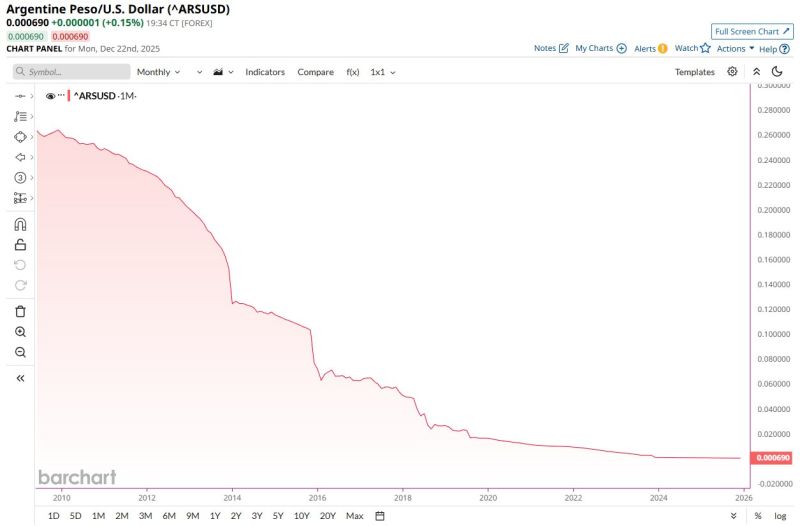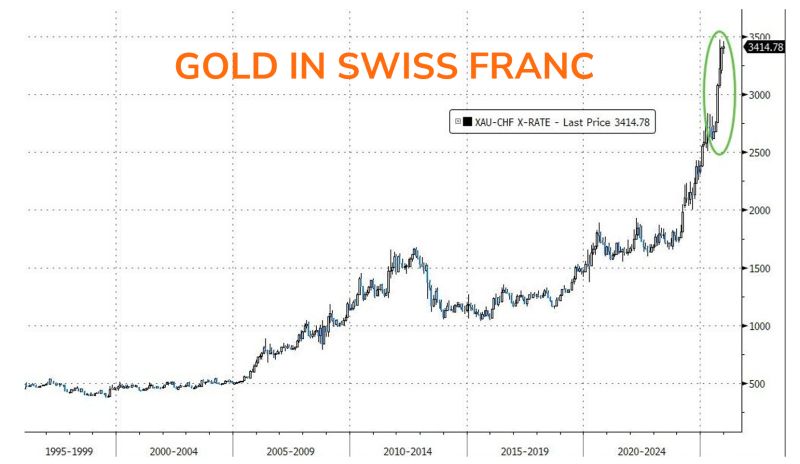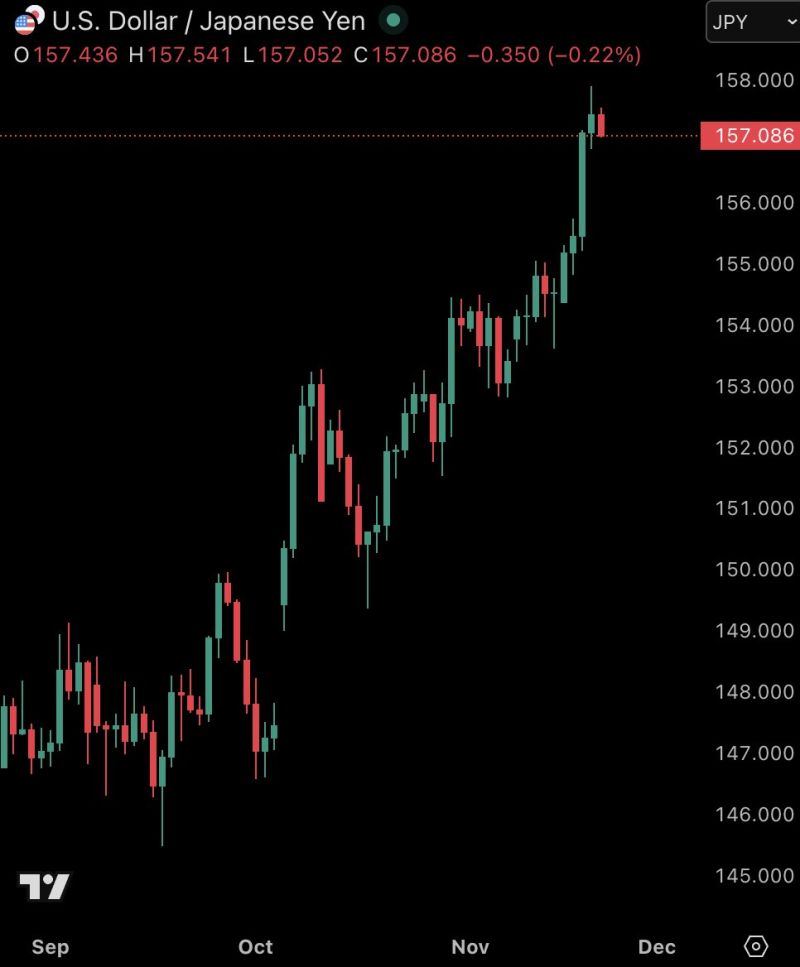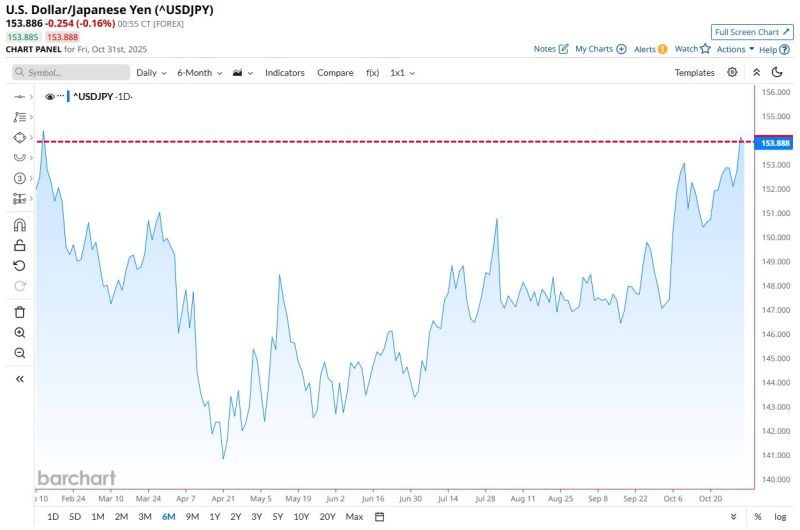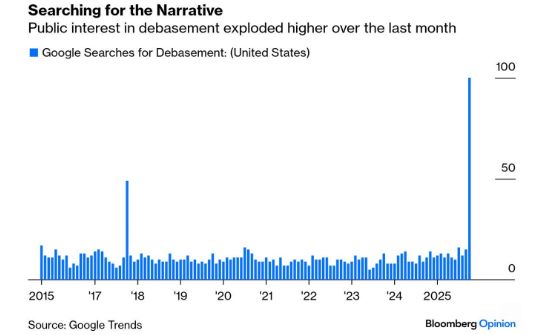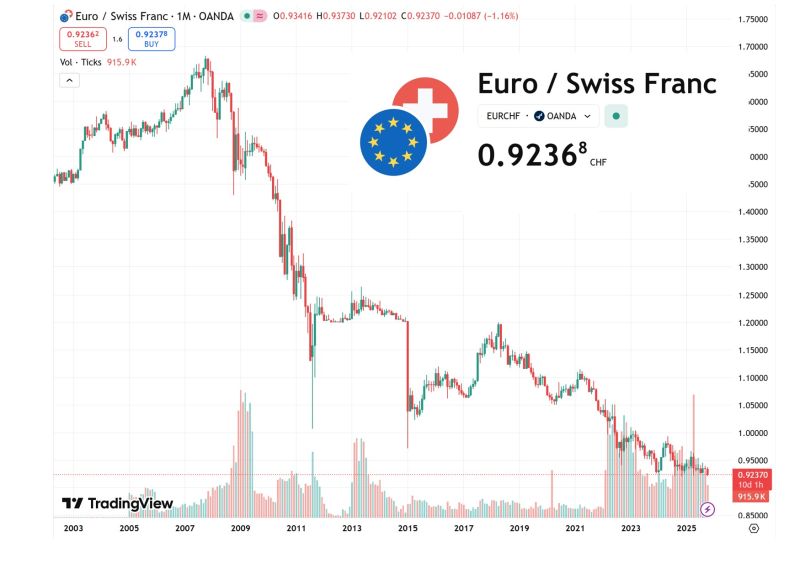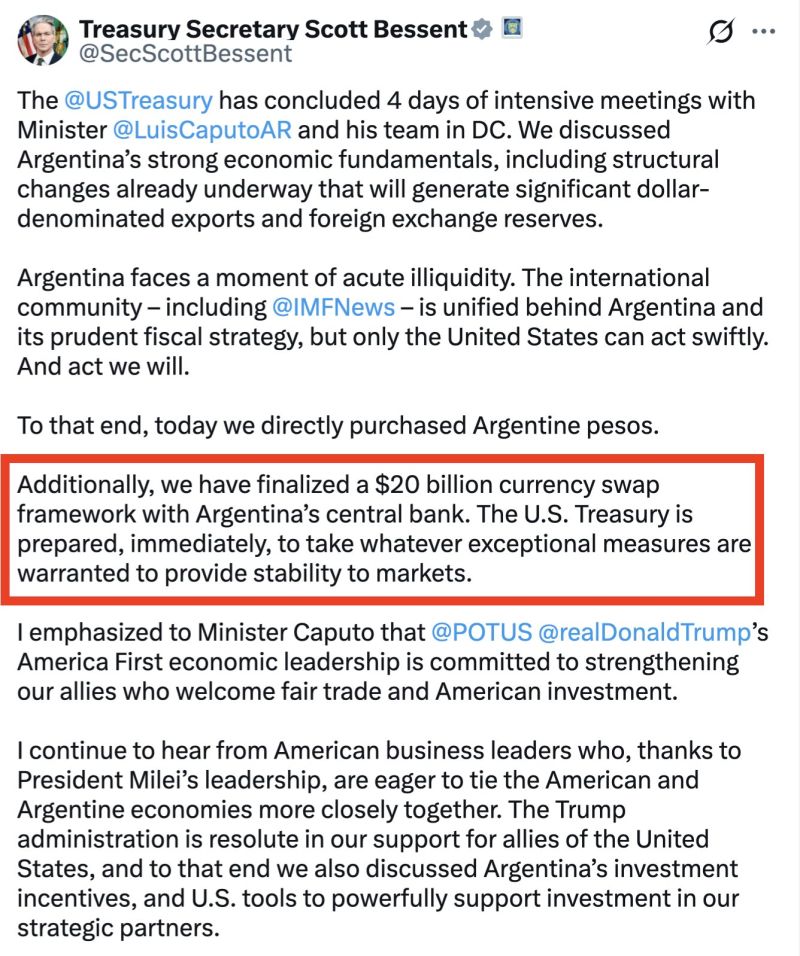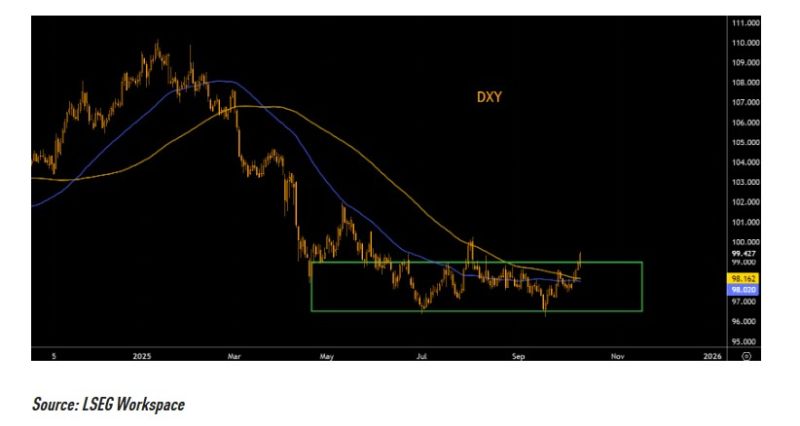Straight from the Desk
Syz the moment
Live feeds, charts, breaking stories, all day long.
- All
- equities
- United States
- Macroeconomics
- Food for Thoughts
- markets
- Central banks
- Fixed Income
- bitcoin
- Asia
- europe
- investing
- technical analysis
- geopolitics
- gold
- Crypto
- AI
- Commodities
- Technology
- nvidia
- ETF
- earnings
- Forex
- china
- Real Estate
- banking
- oil
- Volatility
- energy
- magnificent-7
- apple
- Alternatives
- emerging-markets
- switzerland
- tesla
- United Kingdom
- Middle East
- assetmanagement
- amazon
- russia
- ethereum
- microsoft
- ESG
- meta
- Industrial-production
- bankruptcy
- Healthcare
- Turkey
- Global Markets Outlook
- africa
- Market Outlook
- brics
- performance
BREAKING 🚨: Argentina
Argentina's Peso has now collapsed 99.8% against the U.S. Dollar since 2009 📉📉 Source: Barchart
Although the Swiss Franc has been the strongest currency in the world, the purchasing power degradation in ‘real’/’hard’/gold terms over the last 20 years has been massive
Chart below shows Gold price in Swiss Francs – the “hardest” fiat currency in the world has lost 80%+ of its purchasing power !) Source: Goldman Sachs, zerohedge
Japan's government says it may "intervene" before the Japanese Yen to US Dollar ratio reaches 160.
Over the last 2 months, the Yen has gone from 145 to 157 as a $110B+ stimulus package is coming. We are ~2% away from "intervention." Source: The Kobeissi Letter @KobeissiLetter
Japanese Yen hits weakest level against the U.S. Dollar in more than 8 months
Source: Barchart
Google Searches for Dollar "Debasement" soar to highest level in history 🚨🚨🚨
Source: Barchart
The U.S. just finalized a $20 billion currency swap deal with Argentina and is now directly buying Argentine pesos to help stabilize the collapsing currency.
This comes just a day after Argentina’s short-term yields exploded to 87% as President Milei burned through reserves to defend the peso before the October 26 elections. The new U.S. support marks a dramatic intervention aimed at restoring liquidity and easing pressure on Argentina’s financial system, which has been teetering on the edge after weeks of heavy dollar sales and record borrowing costs. Source: StockMarket.news
Mighty Dollar...
The dollar index $DXY is taking out range highs, closing well above the 50 and the 100 day moving averages. We haven't seen the DXY close "properly" above the 100 day since the dollar bear started earlier this year. Not good short term news for the gold and precious metals space. Source: The Market Ear
Investing with intelligence
Our latest research, commentary and market outlooks


